Background and history
The Isliang class is part of the fleet replenishment and reconstruction program of the Karyan Union. The Project 1931 cruiser initiated. The design process ended with the Design 134 - A, B, C, and D. The Admiralty faced a huge issue, to either go for protectability and firepower or speed, range and endurance. In the end, the Design 1934-C.2 was selected. Design 131 C.2 gave a fast, long range and relatively powerful cruiser.
Namesake
The Isliang class cruisers are named mainly after islands, rivers and mountains in the territory of the Karyan Union.
General characteristics
A 14,000t hull, 6inch armed cruiser. Primarily designed for long range missions and mainly hunting merchant ships, showing the flag, and commerce protection. One other function is as a high speed, multirole escort ship.
Speed and Machinery
Isliang uses 4 shafts and 4 steam turbines. The power plant produces more power than the HMS Hood and almost twice as much power as the Edinburgh subclass. The maximum speed is 35.5Kn and a maximum range of over 12,000nm/20,0000+km.

Armament
The armament of the Isliang class cruisers are designed as such
Primary armament
The primary armament of the 20 completed Isliang class cruisers consisted of 12 15cm/5.9inch guns, in 4 three gun turrets, a pair mounted fore and a pair mounted aft.

Karyan 15"57y129 5.9inch Gun
The high velocity gun is compatible with a variety of shells. The primary shell being high explosive(proximity fuse), armor piercing, star shells/illumination shells, and the practice versions of all mentioned.
Secondary armament
All of the planned Isliang class and Type 136 Aviation ferries were armed with 10cm/3.9inch DP guns. Either in twin mounts or in two gun turret options.


Karyan 10,40(Y1924) Gun
Despite being developed initially as a high velocity anti tank weapon in 1924. Despite being considered as an HV-AT gun, the Karyan personnel suggested using the usage as AAA. Using the gun purpose as a dual purpose gun was already being planned by the mount designers.
Anti aircraft artillery
The Isliang class cruisers are equipped with a heavy suite of medium AAA. With over 24 Medium AA emplacements, a single Isliang can take on dozens of aircraft at a single time.

Karyan 57mm AAA
Developed in the early 30s, the 57mm could easily shoot down most single engine attack aircraft that came too close. The 57mm HV was originally intended for light anti tank purposes, however the high velocity ammo was selected as a medium caliber AAA by all three services of the Karyan Union.
Compared to the previous 37mm shell, the 57mm was heavier, faster and could bring an enemy attacker down with less than a single hit, compared to the 3-5 hit required for the old 37mm shells.
Protection
The primary belt thickness is 130mm/5.1inch and the top plate is 51mm/2inch. The ship is not equipped with a conning tower but it is given a 30mm/1.2inch deck plating. The primary armor ends do not fully enclose the citadel. In terms of turret and barbette protection, the turret face is 65mm/2.5inch of plating and the rest of the gun house is protected with 50mm/2inch plates. The ship's rugged construction allows it to resist up to 200+ non critical hits with 15inch guns but only 2-3 torpedo hits. Furthermore, the high hull allows it to be able to function even in rough weather construction however some structural issues may occur when in rough sea conditions, but it was fixed in further refittings.

Sensor and Fire Control systems


One of the notable aspects of the Isliang class cruisers is their vast array of radar and fire control systems. A single ship is equipped with upto 16 fire control sensors/radar systems. One notable feature with the Isliang class is that the bow primary armament can be controlled directly at the bridge.
Karyan (ASR) ASR-B (1936)
Karyan (SSR) SR-C (1935)
Karyan (AA FCS) AFC-138a2 (1938)
Karyan (GP fire control system) RFC-137 (1937)
Crew and Machinery spaces
The large hull volume offers excellent room and housing. However, storage and some workspaces are cramped. Storage spaces are also considered as cramped, however some of the crew's quarters can be converted to temporary storage rooms.
Extra controls and reminders
- AG1 activate horizontal tracking
- VTOL - Gun training
- Trim - Gun elevation
- Roll - Rudder shift
- Throttle - Forward throttle
- Brake, suppose to be reverse but it forgot
- Control of the aft primary turrets, Secondary armament, and AA armament is inaccessible by the bridge crew.
- Any AAA armament is simply labeled as cannon.
Gallery
Isliang class cruiser along with an Archangel class cruiser escorting a fleet carrier.

"Cruiser of the Fog" picture taken by a seaman Edward Friedriech Huegh

Isliang showing off her vast armament

Isliang shelling a hostile merchant carrier during a foggy early morning

Specifications
Spotlights
- gunkanmarch 4.2 years ago
- ScrewedAccount 4.2 years ago
- Typhoon03 3.0 years ago
- ShirakamiShimada 4.2 years ago
- Boelin 4.2 years ago
- CookingWithCinderBlocks 4.2 years ago
General Characteristics
- Predecessor Isliang Class Cruiser
- Created On Windows
- Wingspan 72.2ft (22.0m)
- Length 638.2ft (194.5m)
- Height 156.8ft (47.8m)
- Empty Weight N/A
- Loaded Weight 9,601lbs (4,355kg)
Performance
- Power/Weight Ratio 1.404
- Horse Power/Weight Ratio 0.208
- Wing Loading 3.3lbs/ft2 (16.0kg/m2)
- Wing Area 2,937.2ft2 (272.9m2)
- Drag Points 280003
Parts
- Number of Parts 4845
- Control Surfaces 0
- Performance Cost 12,544

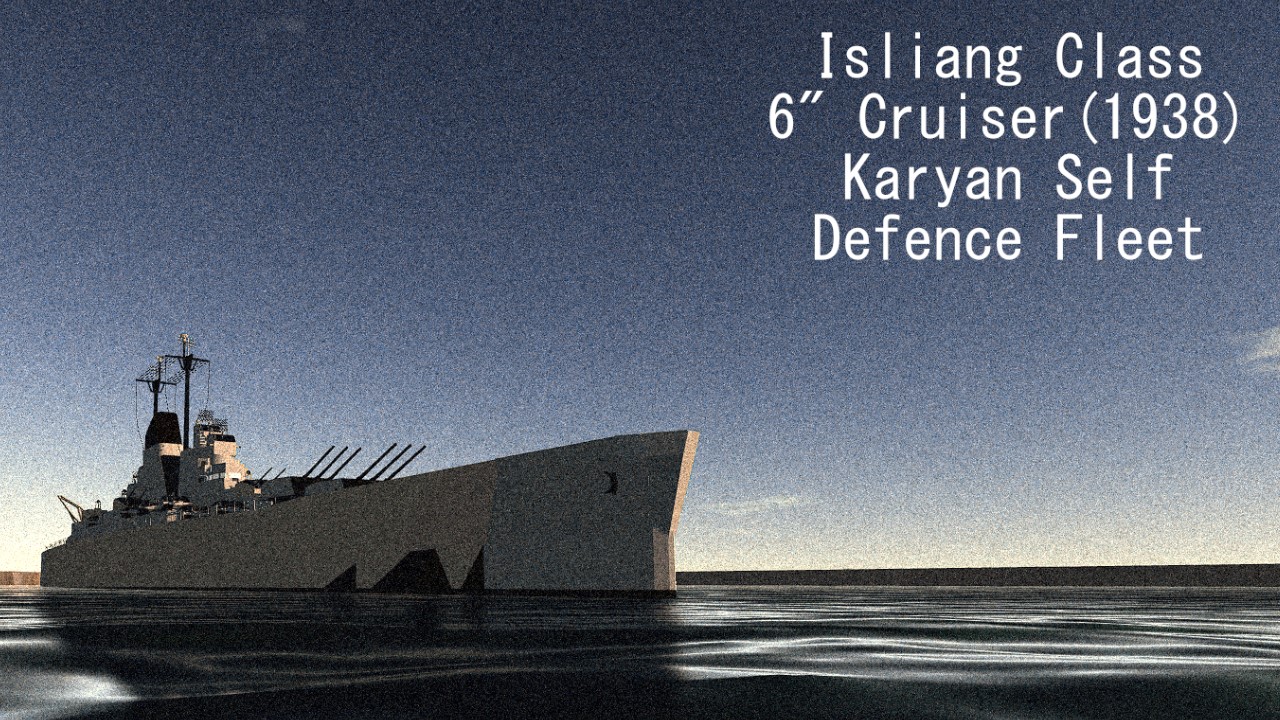
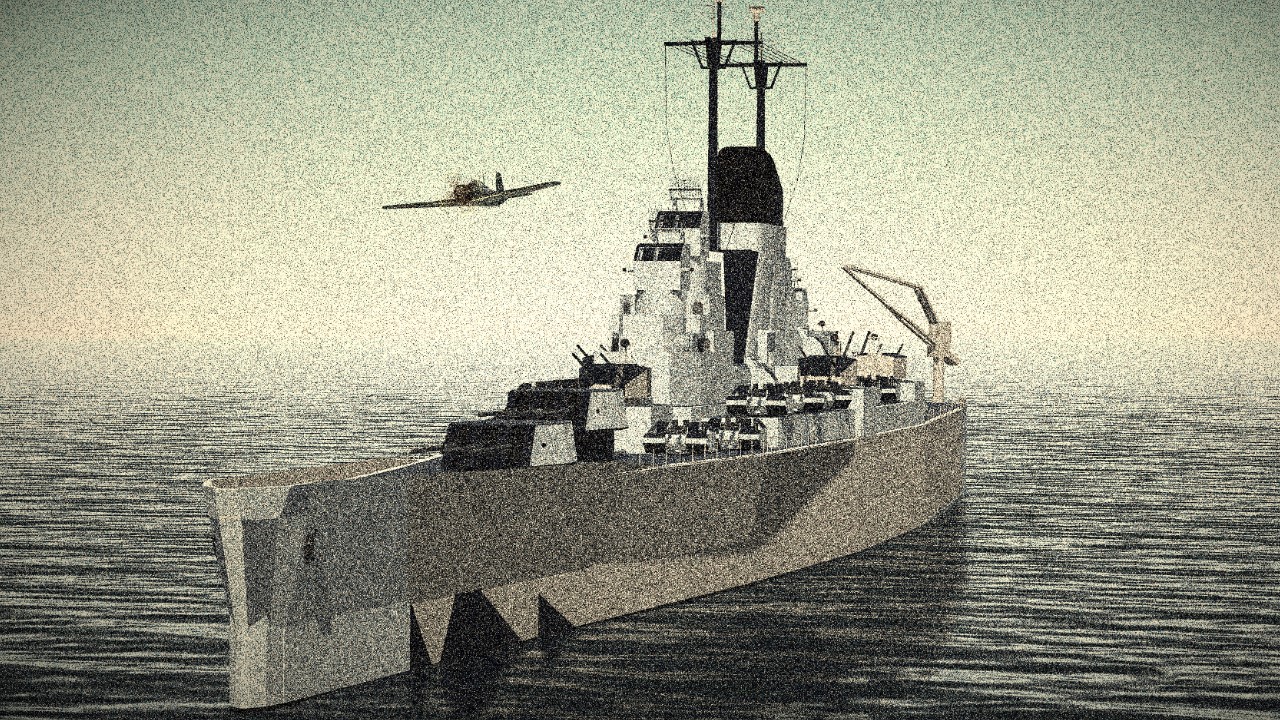
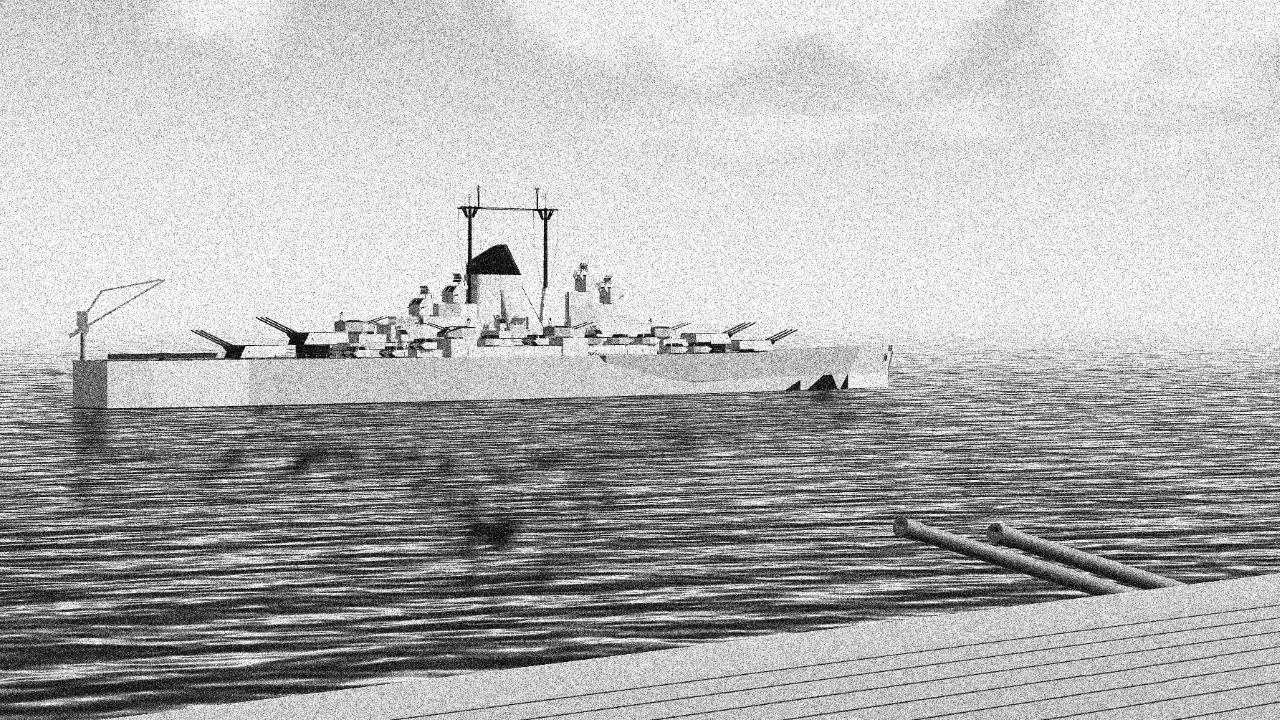
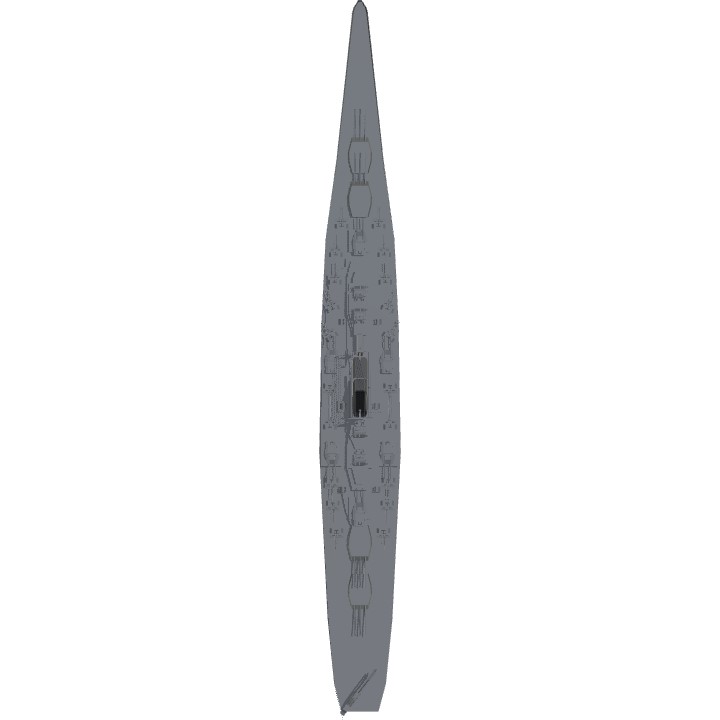
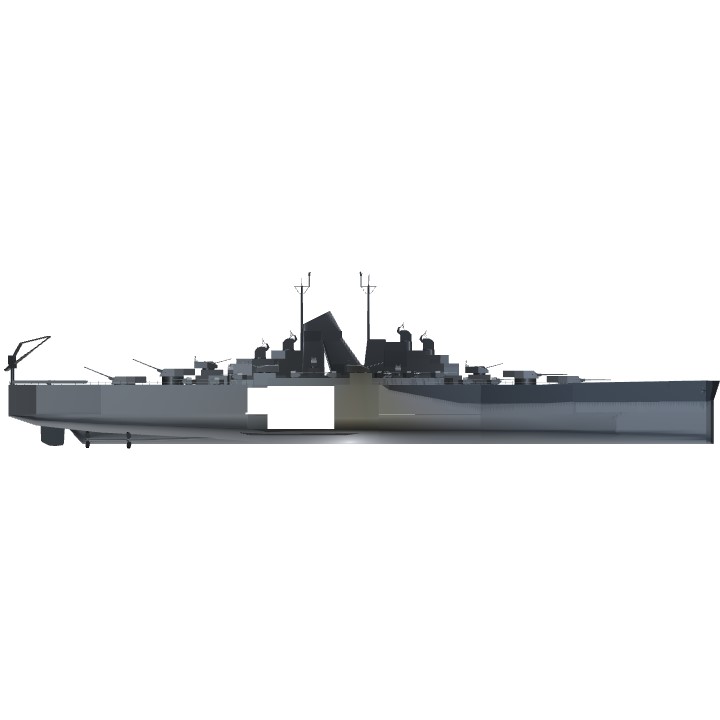
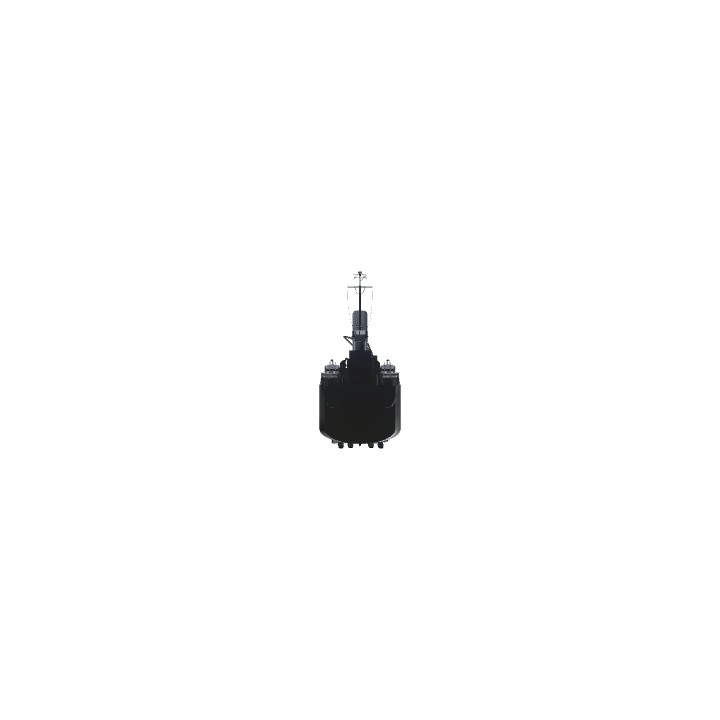
@snaffi As intended, btw nice job mad lad.
I have fps 6 from the ship
@urbanculture thanks
This is a masterpiece.
@urbanculture